The Forbidden City, also known as the Imperial Palace, is a palace complex located in eastern Beijing with an area of 720,000 m2 and 980 buildings. The palace was started in 1406 and completed in 1420. It was the residence of many Chinese emperors from the Ming Dynasty to the end of the Qing Dynasty for 500 years.

Dragon head sewer system in front of Thai Hoa Palace. (Photo: Sohu)
The Forbidden City is a rectangular compound, with the terrain higher in the north and gradually lower in the south. The Divine Martial Gate, the rearmost gate, is 46.05 meters high. The Noon Gate, the first gate to the Forbidden City, is 44.28 meters high.
The height difference between the beginning and the end of the rectangle is about 2 meters, creating natural drainage conditions. In addition, the walkways and buildings located on the central axis are built at the highest position, gradually decreasing to the two sides. This construction rule ensures that rainwater does not stagnate.
In front of the Thai Hoa Palace Square is a three-level terrace built of white marble. The terrace has three floors, more than 7 meters high, and each floor is surrounded by many dragon heads. Every time it rains, water flows out from 1,142 dragon mouths, creating the wonder of "Thien Long Phun Thuy".

Map of the Forbidden City. (Photo: Sohu)
There are drainage holes in many streets and corners of the yard. All rainwater will flow into the open and underground sewer system, merge into the Kim Thuy canal and flow out to the protective canal surrounding the outside of the Forbidden City.
The height difference between the Kim Thuy canal and the citadel canal is more than 50 meters, ensuring that water always flows naturally from the Forbidden City to the outside.
All of these factors are secret weapons that have helped the Forbidden City never flood since its construction.
TUE LAM (Source: Sohu)
Useful
Emotion
Creative
Unique
Wrath
Source










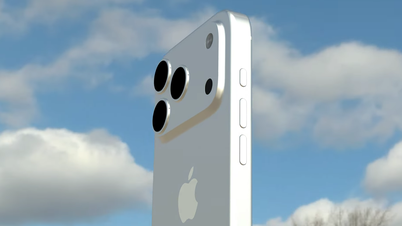

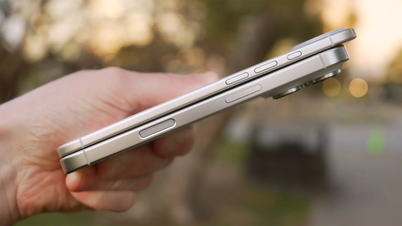


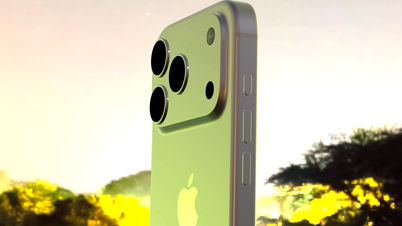



































![[Maritime News] Wan Hai Lines invests $150 million to buy 48,000 containers](https://vphoto.vietnam.vn/thumb/402x226/vietnam/resource/IMAGE/2025/6/20/c945a62aff624b4bb5c25e67e9bcc1cb)













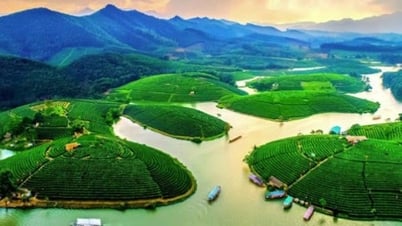

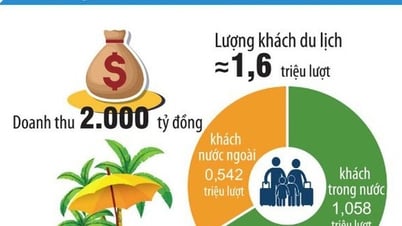
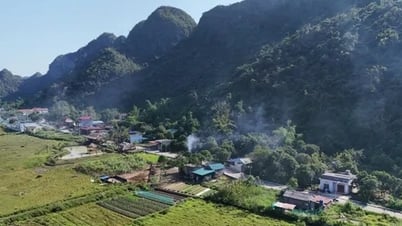
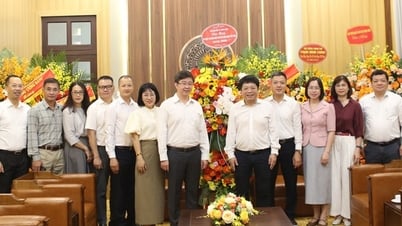







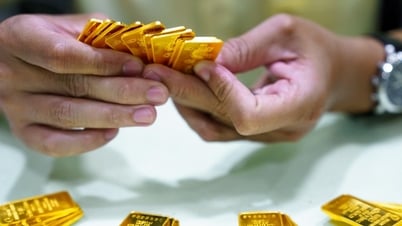

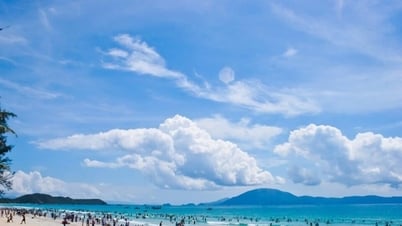
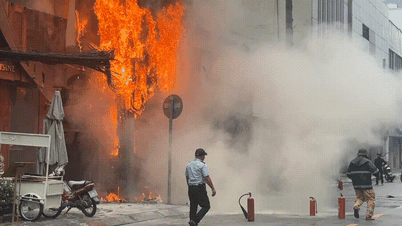
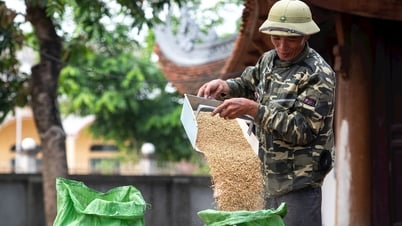











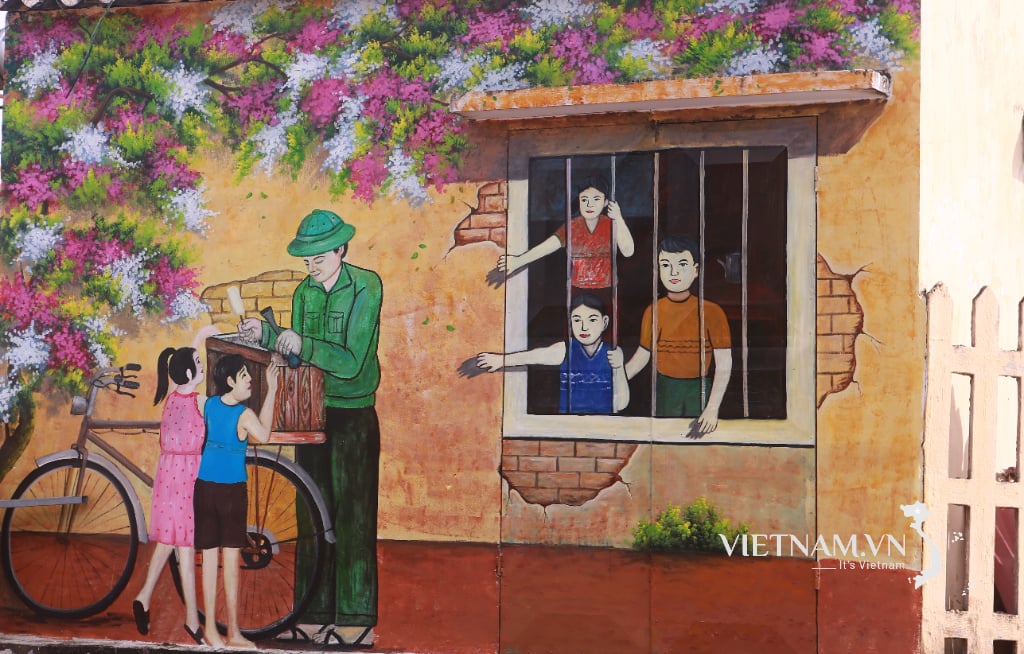


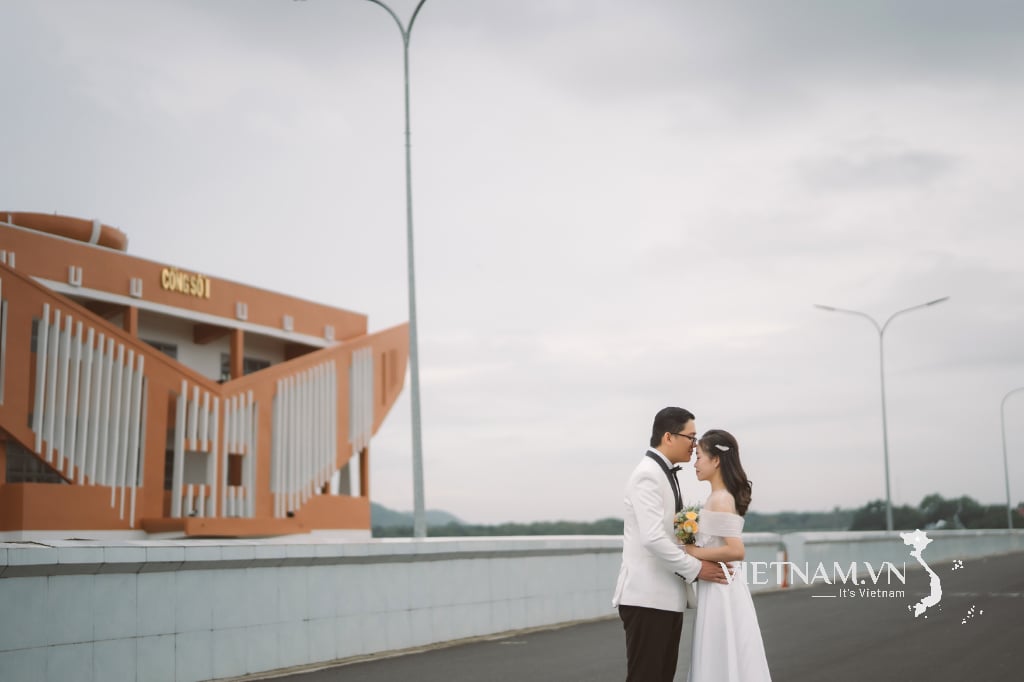
Comment (0)